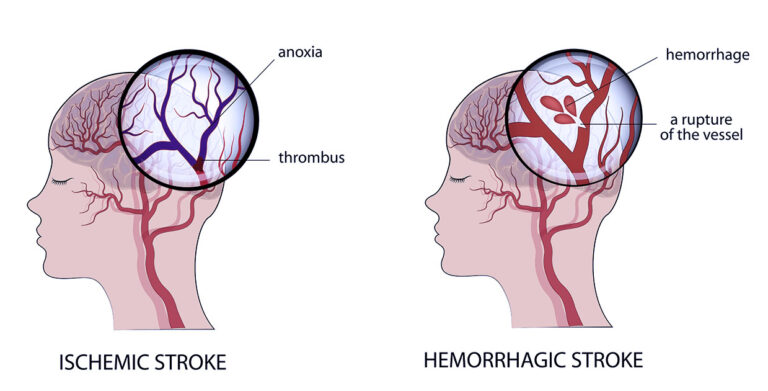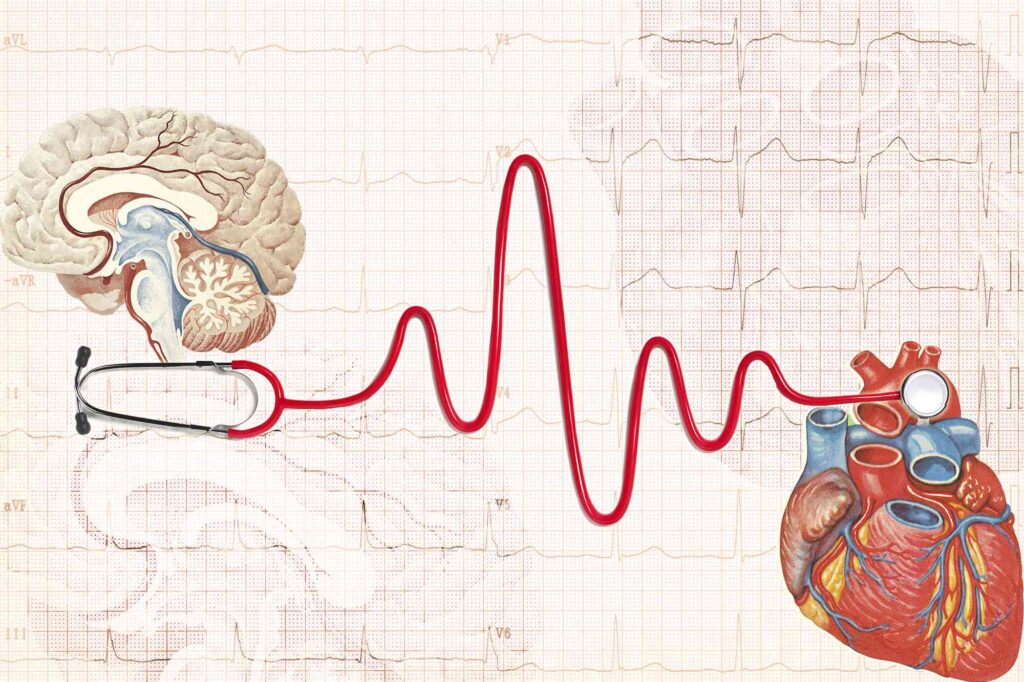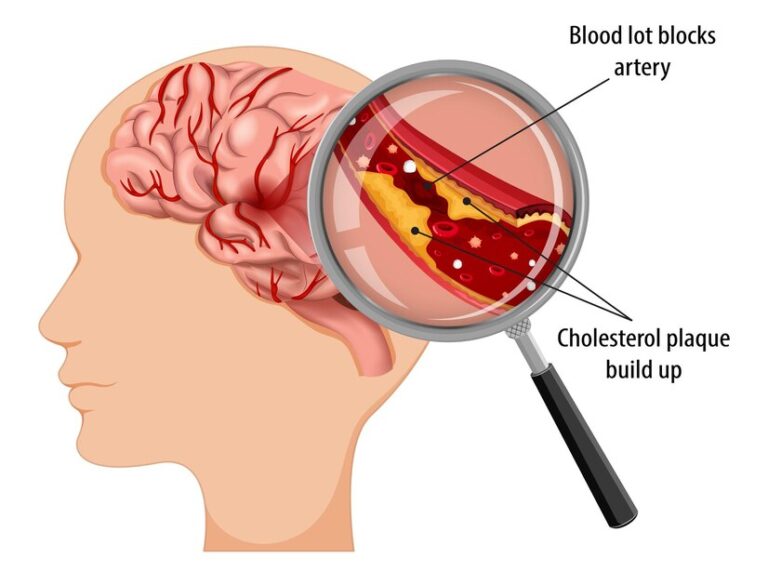- Home
- About Us
- Doctors
- Specialties
- Bariatric Surgery
- Bone Marrow Transplant
- Cancer
- Cardiology
- Cardiovascular And Thoracic Surgery
- Critical Care Medicine
- Dental Surgery
- Dermatology & Cosmetology
- Diabetic Foot Care
- Ear, Nose & Throat
- Endocrinology
- Fetal Medicines
- Gastroenterology
- General Medicine
- General Surgery
- HPB & Gastrointestinal Surgery
- Interventional Radiology
- IVF
- Kidney Transplant
- Laparoscopic Surgery
- Liver Transplant
- Medical And Hemato Oncology
- Neurology
- Neuro & Spine Surgery
- Nephrology And Dialysis
- Nuclear Medicine
- Orthopedic
- Ophthalmology
- Obstetrics And Gynecology
- Pathology Laboratory
- Pediatric
- Peripheral Vascular And Endovascular Surgery
- Physiotherapy and Rehabilitation
- Plastic Reconstruction
- Plastic & Cosmetic Surgery
- Pulmonary Medicine
- Radiation Oncology
- Radiology
- Robotic Surgery
- Surgical Oncology
- Urology
- Facilities
- Patient Area
- Testimonials
- Media
- Contact Us
Stroke Protocol / Stroke Intervention
Our Stroke Protocol Saves Lives, Restores Hope
Stroke Protocol and Intervention, where we emphasize the critical importance of timely, efficient, and effective care for stroke patients. Stroke is a medical emergency, and a well-executed stroke protocol can make all the difference in saving lives and preventing long-term disability.
Understanding Stroke
A stroke occurs when there is a disruption in the blood flow to the brain. This can happen in two primary ways:
Ischemic Stroke: Caused by a blockage in a blood vessel, preventing blood flow to a part of the brain.
Hemorrhagic Stroke: Caused by bleeding into the brain when a blood vessel ruptures.
Both types of stroke can lead to serious brain damage, disability, or even death if not addressed promptly.

The Importance of Stroke Protocol
A stroke protocol is a set of standardized procedures and guidelines that healthcare providers follow when a patient with a suspected stroke arrives at a hospital or medical facility. It is designed to ensure a rapid and efficient response to minimize brain damage and improve the chances of a positive outcome.

Rapid Assessment: Upon arrival, healthcare providers assess the patient’s symptoms and medical history to determine the type of stroke.
Imaging: A CT scan or MRI is often performed to confirm the type of stroke and its location.
Clot-Busting Medication: In the case of an ischemic stroke, thrombolytic (clot-busting) medication may be administered to dissolve the blood clot causing the stroke.
Interventional Procedures: Depending on the type and severity of the stroke, interventional procedures like mechanical thrombectomy or surgical measures may be necessary.
Rehabilitation Planning: Following the acute phase, a comprehensive rehabilitation plan is developed to help the patient regain lost functions and improve their quality of life.
Stroke Intervention
What is Stroke Intervention?
Stroke intervention refers to the medical procedures and treatments used to manage and treat stroke patients effectively. It includes a range of approaches designed to address the underlying causes of the stroke, reduce brain damage, and improve patient outcomes.
Types of Stroke Intervention
Clot Removal (Mechanical Thrombectomy): This procedure involves the physical removal of a blood clot from a blocked blood vessel in the brain. It is often used to treat large vessel occlusions in ischemic strokes.
Medication: Medications are used to manage blood pressure, prevent further clots, and address complications during and after a stroke.
Surgery: In some cases of hemorrhagic stroke, surgical interventions may be required to repair or reinforce weakened blood vessels or drain accumulated blood from the brain.
Rehabilitation: Stroke intervention extends to the rehabilitation phase, where physical, occupational, and speech therapies are employed to help patients regain their independence and improve their quality of life.


